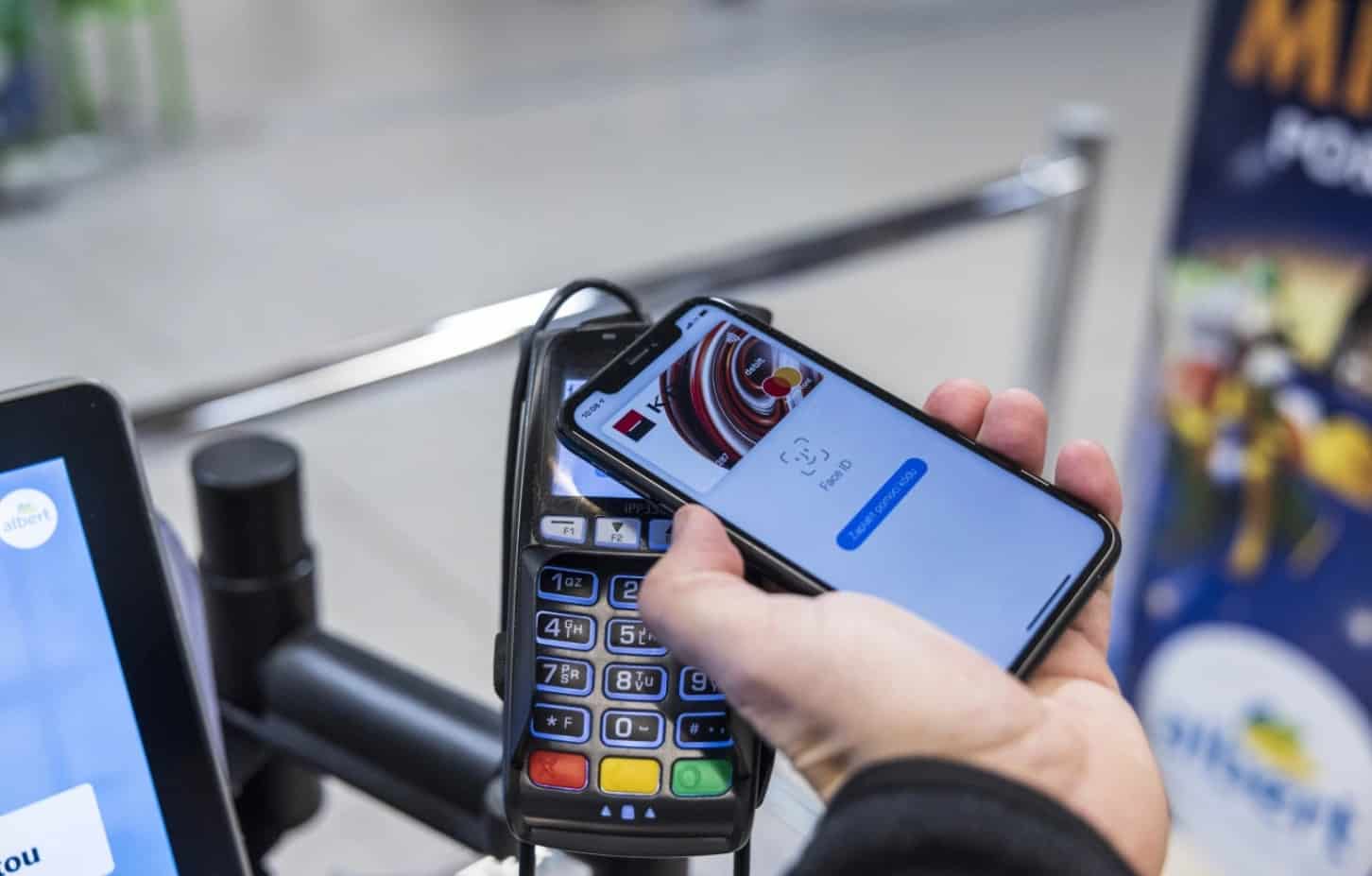Apple today announced a major update to Apple Pay called Apple Pay Later, which will allow users to split the cost of an Apple Pay purchase into four equal payments over six weeks without interest or late fees. The new financial product — which was rumored ahead of its debut at Apple’s 2022 Worldwide Developers Conference (WWDC) — marks Apple’s move into the enormous and growing buy now, pay later (BNPL) industry.
Powered by the Mastercard network, Apple Pay Later is available everywhere Apple Pay is available in the U.S., both in apps and on the web — it requires no extra work from the developer or merchant side. Upcoming payments can be made, tracked and managed through the Apple Wallet app on iOS.
Accompanying the launch of Apple Pay Later is Apple Pay Order Tracking, which enables merchants to deliver receipt and order tracking to Wallet. It’s integrated with Shopify, according to Apple, and — like Apply Pay Later — needs no additional integration.
Bloomberg last year reported that Apply Pay Later would use Goldman Sachs as the lender for the loans needed for the installment offerings, similar to Apple’s credit card offering, Apple Card. The report claimed customers making an Apply Pay Later purchase would have the option to make either four interest-free payments made every two weeks or across multiple months with interest — but that didn’t quite pan out if the announcement at WWDC is anything to go by.
Regardless, Apple Pay Later will go head-to-head with BNPL services from PayPal, Affirm, Klarna, Sezzle and countless others. Amazon began offering a BNPL option via a partnership with Affirm announced last August, and just last week, Affirm worked with Stripe to offer its technology to U.S. businesses that use Stripe’s payments tech.
Grand View Research predicts that the BNPL could be worth $39.41 billion by 2030.
To wit, BNPL remains incredibly popular among consumers. More than 51% of Americans said that they’d tried a BNPL service as of March 2021, according to one survey. And Accenture estimates that the number of BNPL users in the U.S. reached 45 million in 2021.
But BNPL products are under increasing scrutiny from regulators, some of whom argue that the BNPL business model is unnecessarily risky. In a survey last year by Credit Karma, more than a third of respondents who’d taken advantage of BNPL plans reported falling behind on payments.
In December, the U.S. Consumer Financial Protection Bureau opened an inquiry into BNPL credit. California sued one BNPL provider, Afterpay, after it initially refused to obtain a lender’s license from the state. Elsewhere, Massachusetts regulators entered into a consent agreement with Affirm after allegations that it engaged in loan servicing activity without a license.
The BNPL market has taken a bit of a downturn recently as investors pull back amid higher interest rates and a global growth slowdown. At the close of trading on May 31, Affirm’s stock was down 70% this year. Meanwhile, Klarna recently laid off 10% of its workforce.

